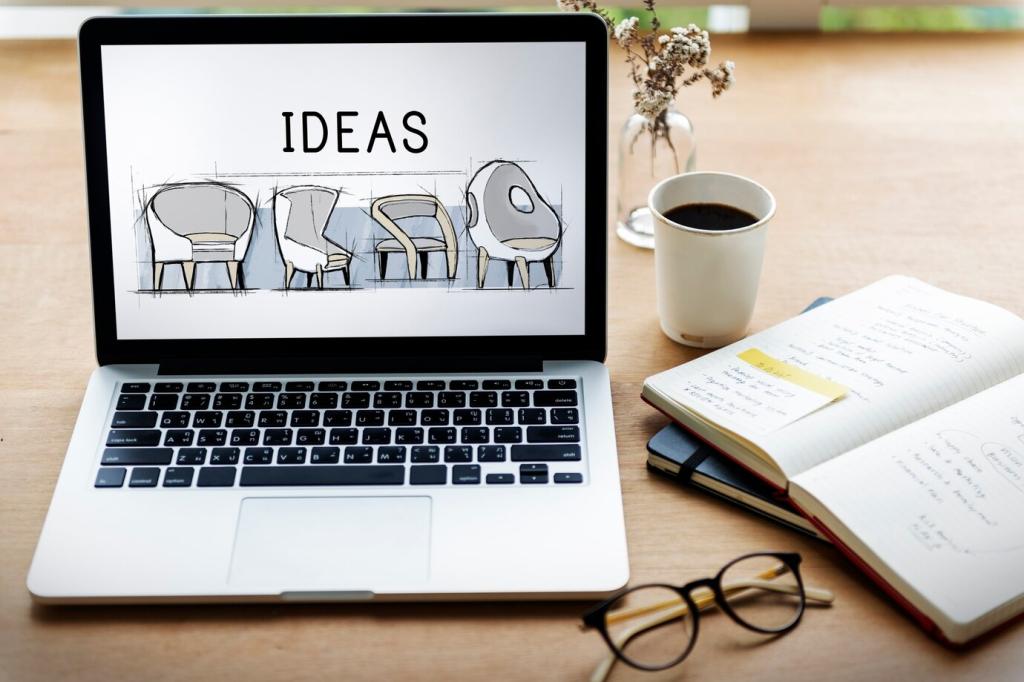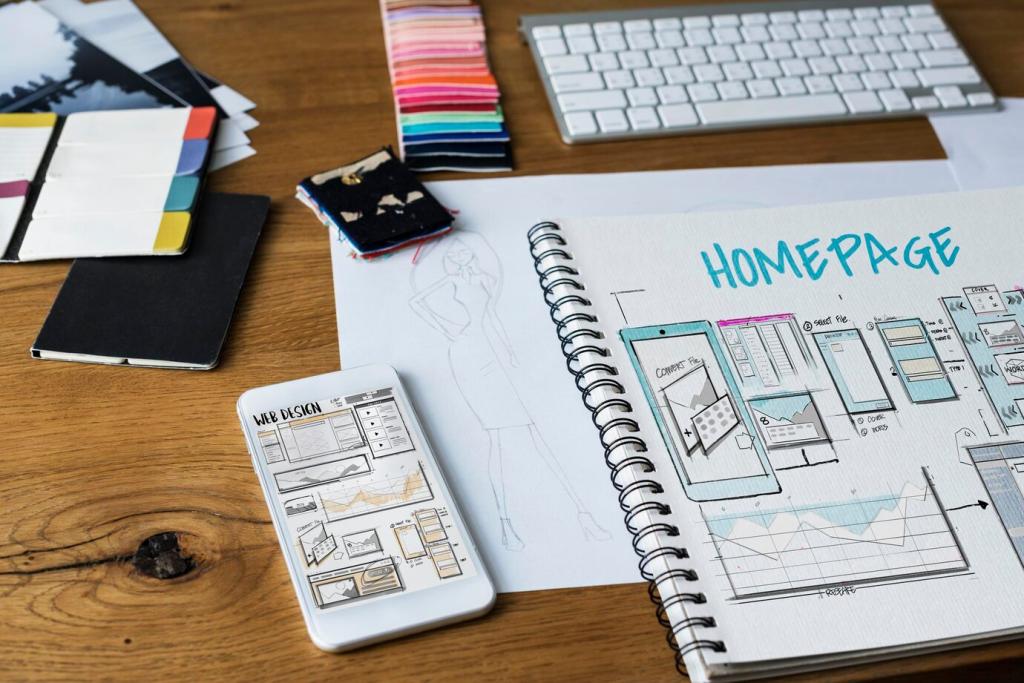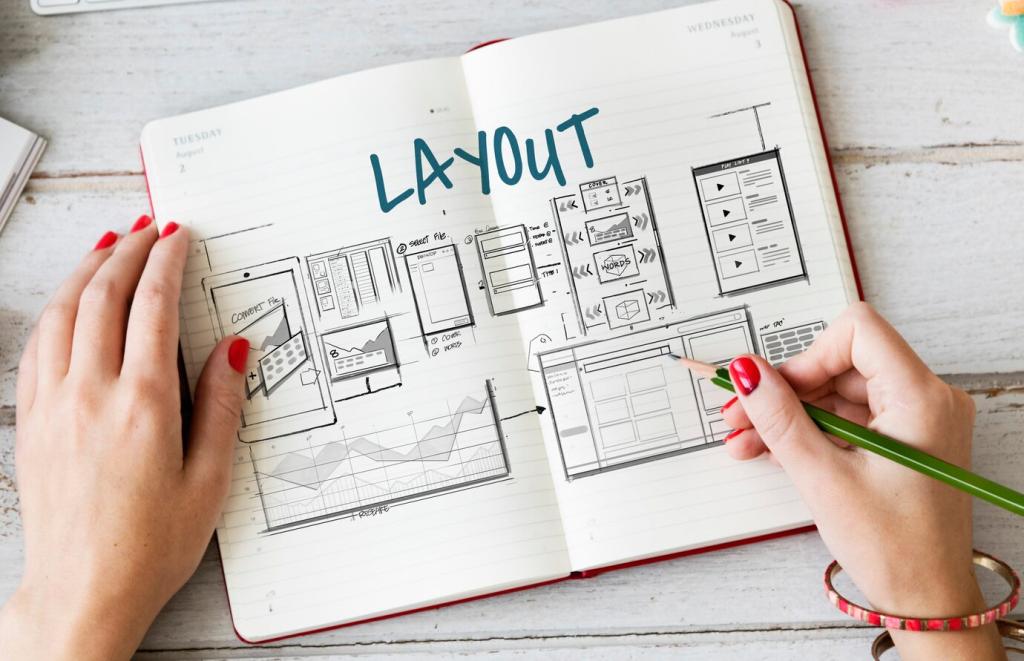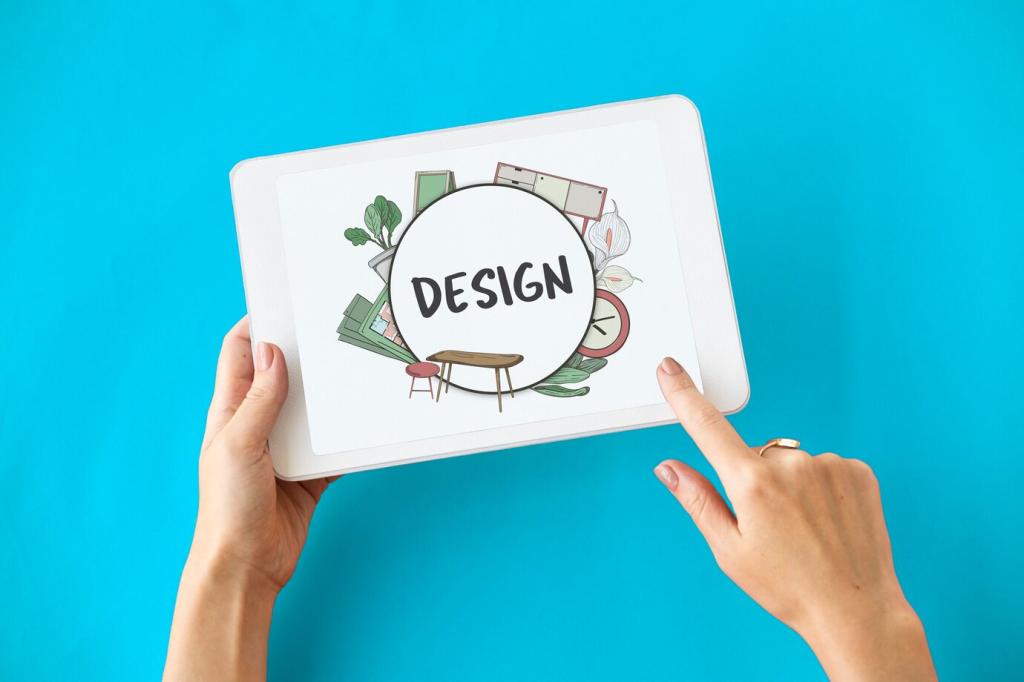Common Mistakes in Mobile UI Design and How to Avoid Them
Welcome! Today’s chosen theme is “Common Mistakes in Mobile UI Design and How to Avoid Them.” Explore practical, empathetic strategies and real stories that help you craft clearer, faster, more accessible mobile experiences users love. Join the conversation and share your experiences as we learn together.

Visual Clutter and the Missing Hierarchy

The One-Screen-To-Rule-Them-All Trap
Stuffing every feature onto the first screen feels efficient but produces noise, not clarity. Prioritize one primary action, lower the visual volume elsewhere, and stage supporting tasks. What one element could you safely remove today? Tell us your bold simplification in the comments.

Hierarchy Before Decoration
Colors, shadows, and illustrations are delightful, but hierarchy rules the flow. Use size, weight, contrast, and spacing to lead the eye. Decorative elements should support, not shout. Share a screenshot of a hierarchy you refined, and tell us what changed for your users.

The Future-You Audit
Open your screen on a busy morning, one-handed, with notifications buzzing. Can you spot the primary action in one second? If not, rework. Subscribe for a checklist that helps you run this audit with teammates and gather objective, repeatable feedback.
Tap Targets and Thumb-Friendly Ergonomics
Adopt generous target sizes and mobile-first spacing. Follow platform guidelines for minimum touch dimensions and prioritize reach zones used by dominant thumbs. Have you mapped your app’s natural reach curve? Comment with what surprised you most during testing.


Tap Targets and Thumb-Friendly Ergonomics
Adjacent controls should not punish slight finger drift. Add buffer space around destructive actions and separate primary and secondary buttons. Try a tap heatmap test session and share your results to inspire others facing similar precision issues.
Five identical icons invite guessing games. Use descriptive labels, group related tasks, and avoid nesting core features behind vague “More.” Share your hardest renaming decision, and we’ll feature smart label ideas in next week’s roundup.

Typography, Contrast, and Real-World Readability
Adopt a modular scale that respects platform accessibility settings. Verify line length and height across languages. Have you tested your UI with large text enabled? Share screenshots, and let others learn from your scale adjustments.
Test outdoors, not just at your desk. Validate color contrast ratios and consider dark mode nuances. Subtle gray on gray disappears in glare. Subscribe for our quick sunlight testing checklist that fits a 10-minute lunch break.
Whitespace guides the eye and rests attention. It is not empty; it is directional. Increase padding around important copy and compare scan times. Comment with your favorite spacing tokens and why they work in your design system.

Progressive Disclosure Beats the Permission Wall
Ask for location only when a location-based feature is first used, pairing the request with clear value. Track acceptance rates and iterate. Share your best just-in-time permission copy to help others improve respectful prompts.

Teach by Doing, Not by Slides
Replace five slide tutorials with simple, guided actions inside the real interface. Use subtle highlights, one-step challenges, and gentle skips. Tell us which interaction tip reduced your onboarding drop-off the most.
Speed Is a Feature Users Can Feel
Measure time-to-interaction, not just total load. Prefetch likely next screens, cache smartly, and reduce blocking scripts. Post your favorite small performance win that produced outsized satisfaction for your users.
Skeletons, Placeholders, and Honest Progress
Use skeleton states that suggest layout, avoid fake speed illusions, and show progress indicators only when necessary. Celebrate completion with micro-animations. Subscribe for a toolkit of honest loading patterns tested across network conditions.
Design for Unstable Networks
Build resilient retry options, offline queues, and clear status messages. Communicate when content is stale. Share your best offline-first story, including what you cut to make the experience dependable.

Accessibility Oversights That Exclude Users
Color Is a Layer, Not the Message
Never rely on color alone to signal state. Pair icons, text, and patterns with color. Test with common color-vision deficiencies. Comment with a before-and-after where an alternative cue transformed comprehension.
Screen Readers and Actionable Labels
Provide meaningful accessibility labels, announce state changes, and group related controls. Test with talkback and voiceover regularly. Subscribe to get a concise ARIA and platform label checklist for mobile.
Focus Order and Reachable Controls
Keep logical focus order and avoid focus traps. Ensure controls are reachable when keyboards appear. Share a tricky focus bug you fixed and the lesson it taught your team.
Error Handling and Empty States That Guide
State what went wrong, why it happened, and how to fix it. Offer retry and contact options right away. Post your favorite example of an error message that de-escalated a tense situation.
Join our mailing list
